Hello.
Thanks for stopping by. Enjoy my site.



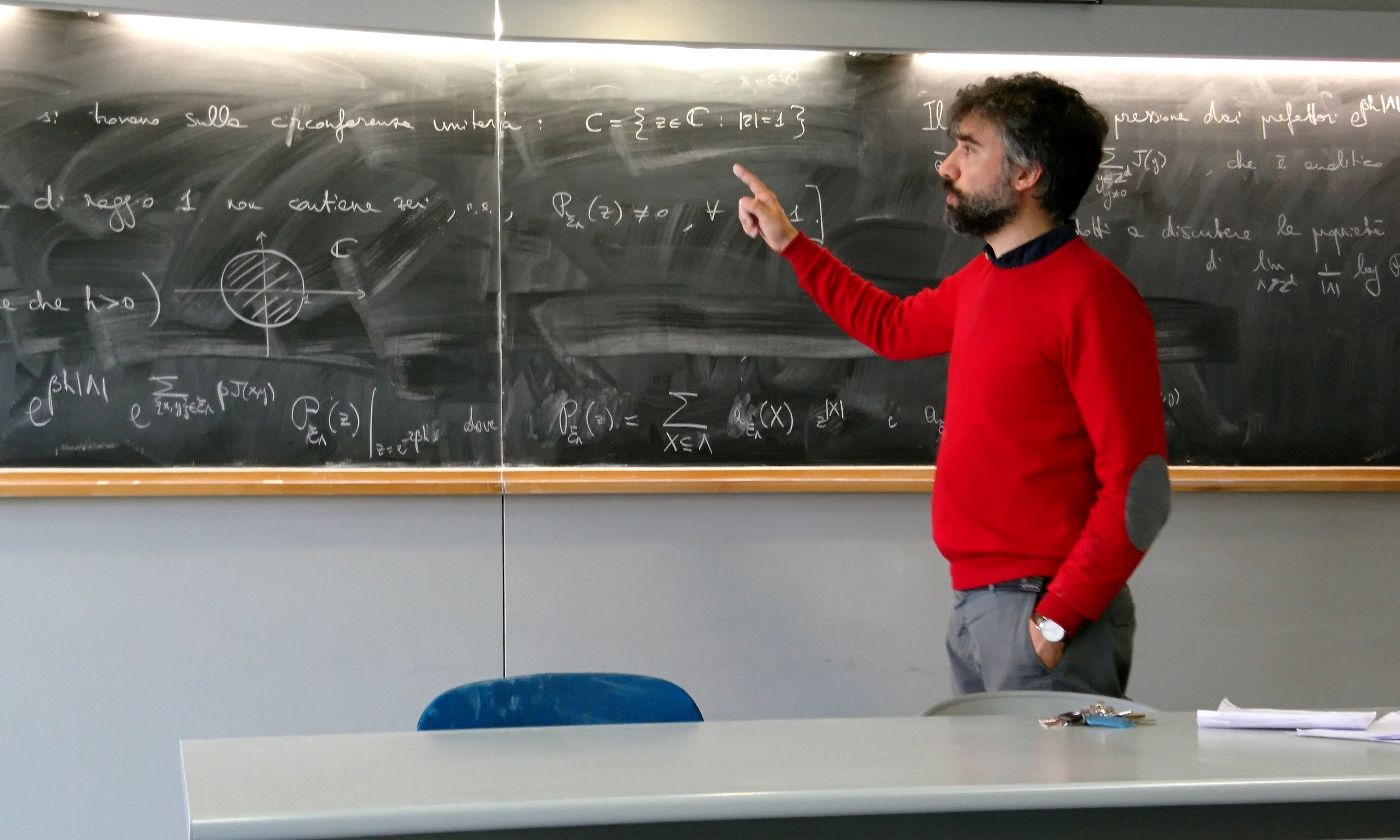
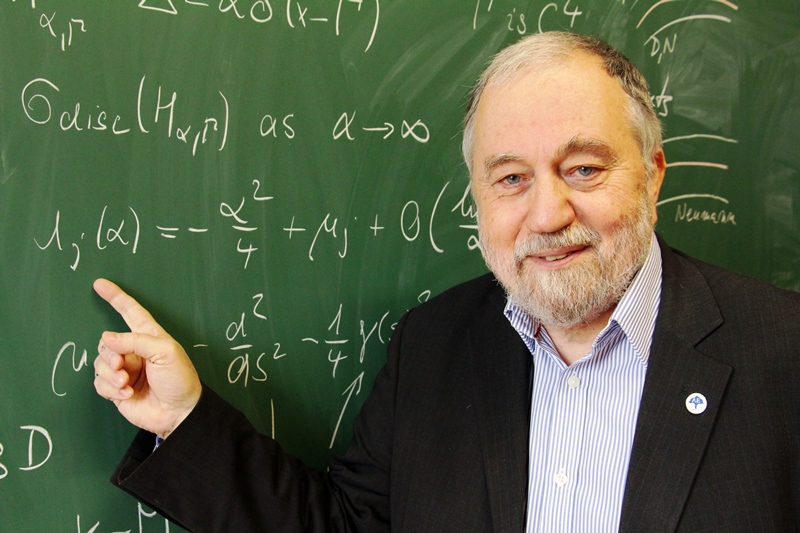
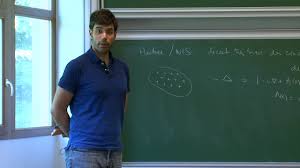
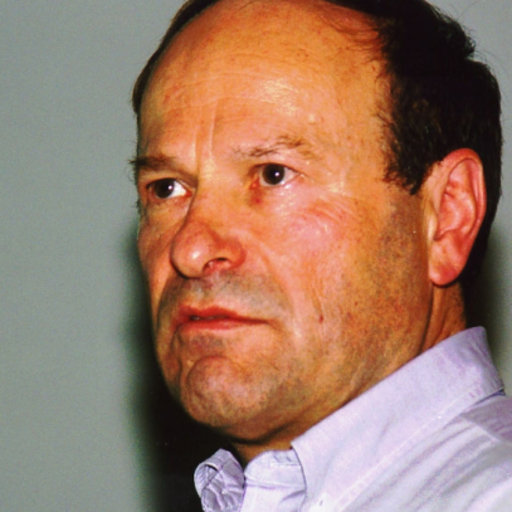
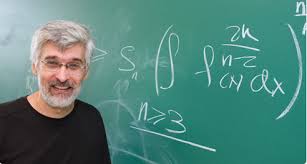
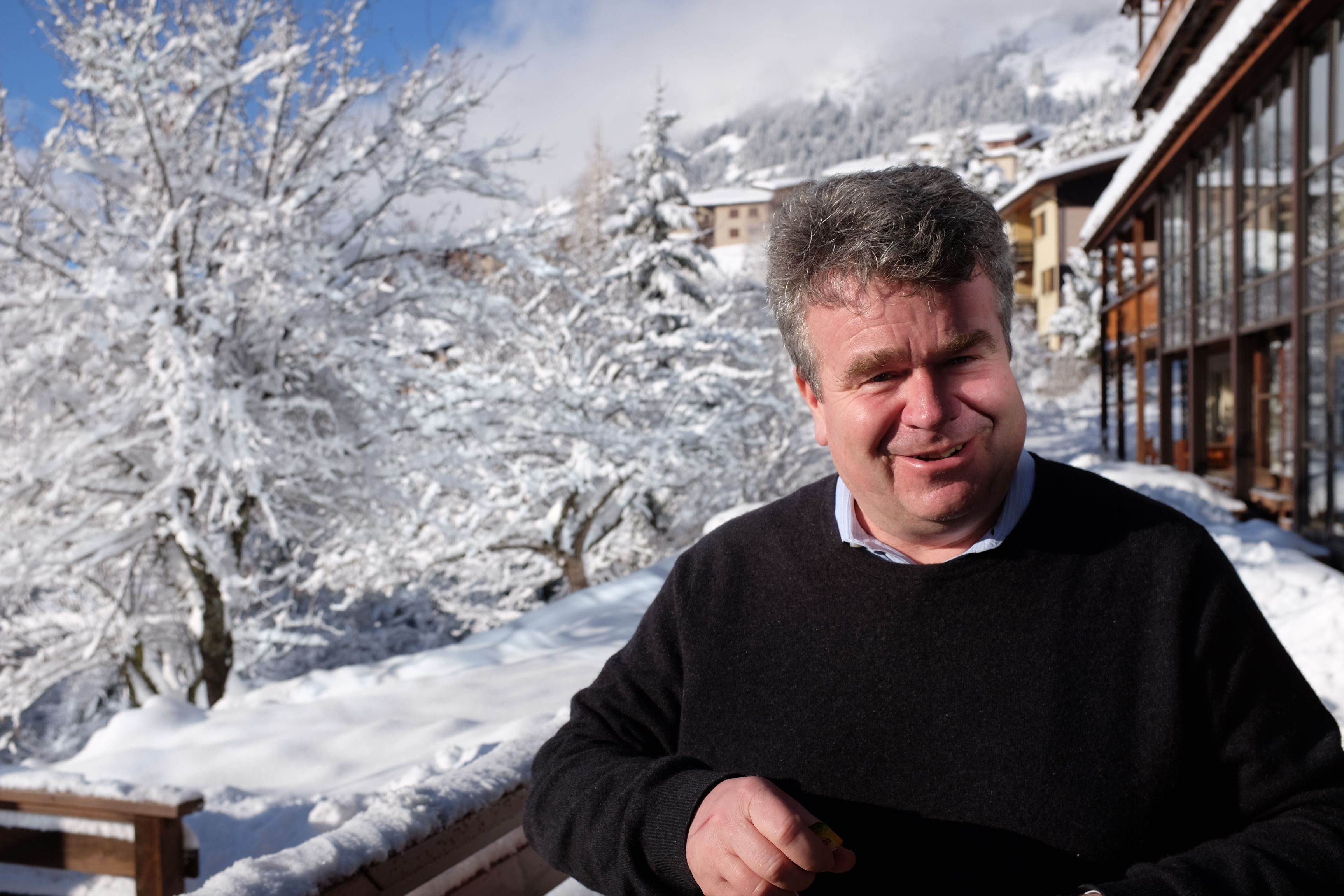
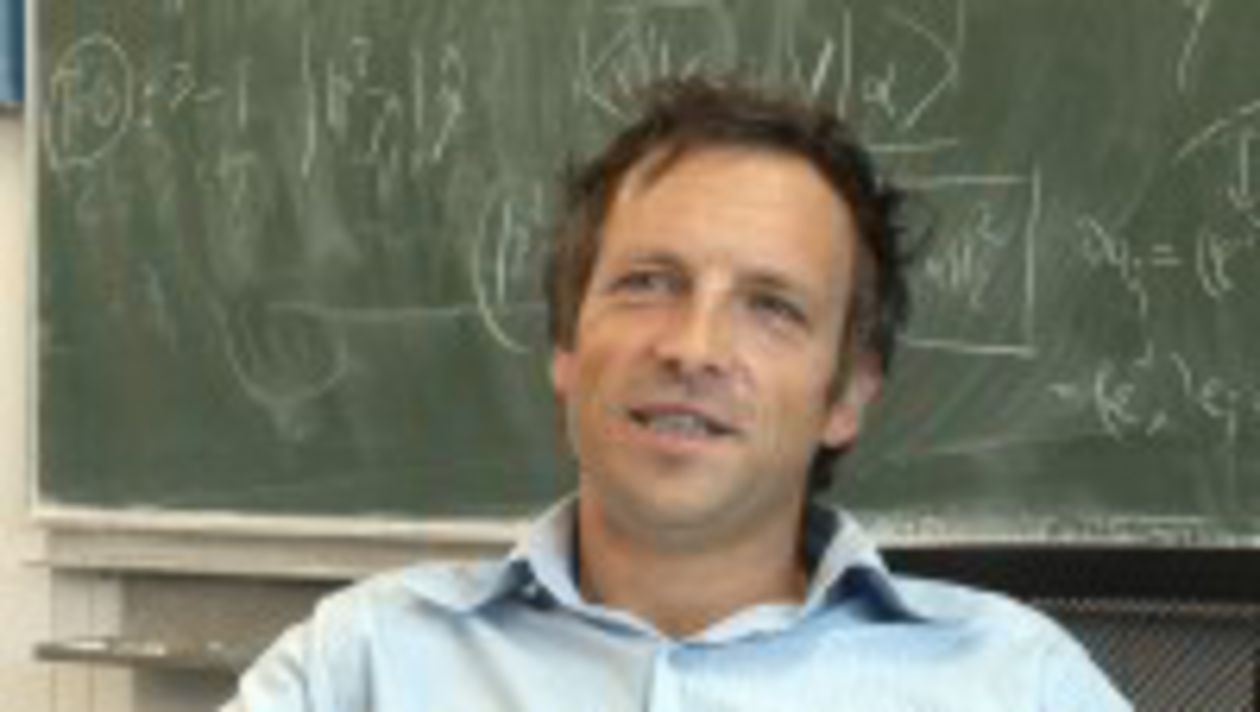
14/12/2020 15:00 Times in Europe/Rome (UTC +1)
Non-renormalization of the “chiral anomaly” in interacting lattice Weyl semimetals Abstract
11/01/2021 11:00 Times in Europe/Rome (UTC +1)
Stati legati in guide d'onda
11/01/2021 15:00 Times in Europe/Rome (UTC +1)
Discrete spectrum of two-dimensional soft waveguides Abstract
08/02/2021 11:00 Times in Europe/Rome (UTC +1)
An invitation to Lieb-Thirring inequalites
08/02/2021 15:00 Times in Europe/Rome (UTC +1)
New results on the Lieb-Thirring inequality Abstract
08/03/2021 16:00 Times in Europe/Rome (UTC +1)
Some mathematical problems of quantum mechanics
Abstract: I will review some recent results on quantum-mechanical many-body problem and formulate some open problems.
12/04/2021 15:00 Times in Europe/Rome (UTC +1)
Which magnetic fields support a zero mode?
Abstract:I present some results concerning the size of magnetic fields that support zero modes for the three dimensional Dirac equation and related problems for spinor equations. The critical quantity, is the 3/2 norm of the magnetic field B. The point is that the spinor structure enters the analysis in a crucial way. This is joint work with Rupert Frank at Caltech.
10/05/2021 16:00 Times in Europe/Rome (UTC +1)
The Schrodinger equation as inspiration of beautiful mathematics.
Abstract: In the last two decades great progress has been made in the study of dispersive and wave equations. Over the years the toolbox used in order to attack highly nontrivial problems related to these equations has developed to include a collection of techniques: Fourier and harmonic analysis, analytic number theory, math physics, dynamical systems, probability and symplectic geometry. In this talk I will introduce a variety of results using as model problem mainly the periodic 2D cubic nonlinear Schrodinger equation. I will start by giving a physical derivation of the equation from a quantum many-particles system, I will introduce periodic Strichartz estimates along with some remarkable connections to analytic number theory, I will move on the concept of energy transfer and its connection to dynamical systems, and I will end with some results on the derivation of a wave kinetic equation.
07/06/2021 11:00 Times in Europe/Rome (UTC +1)
William Borrelli
Some properties of honeycomb Schrodinger operators
7/06/2021 17:00 Times in Europe/Rome (UTC +1)
Mathematics of magic angles in a model of twisted bilayer graphene
Abstract: Magic angles are a hot topic in condensed matter physics:when two sheets of graphene are twisted by those angles the resulting material is superconducting. I will present a very simple operator whose spectral properties are thought to determine which angles are magical.It comes from a recent PR Letter by Tarnopolsky--Kruchkov--Vishwanath. The mathematics behind this is an elementary blend of representation theory(of the Heisenberg group in characteristic three), Jacobi theta functions and spectral instability of non-self-adjoint operators (involving Hörmander's bracket condition in a very simple setting). Spectral characterization of magic angles also allows precise numerical computations and I will discuss the error bound issues arising there (joint work with S Becker, MEmbree and J Wittsten).
05/07/2021 11:00 Times in Europe/Rome (UTC +1)
TBA
05/07/2021 15:00 Times in Europe/Rome (UTC +1)
Bosonic properties of fermionic systems
Abstract: A pair of particles, one from inside, one from outside the Fermi sea, can be considered as a boson. Such a simplifying picture allows to obtain the correlation energy for both high density and low density Fermi systems, despite their completely different behavior.

